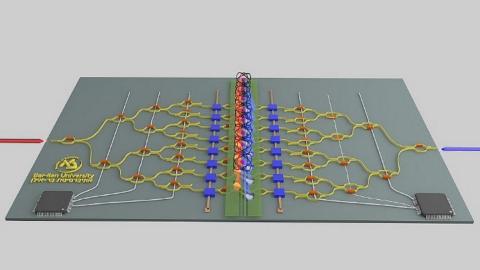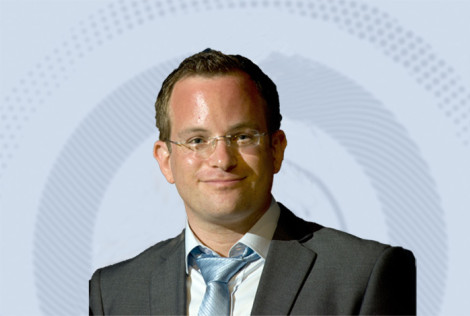Photonics
Nanophotonics is a rapidly growing and interdisciplinary field that requires the integration of nanotechnology, photonics, materials science, physics, chemistry, biology, and engineering. It offers great potential for scientific discoveries and technological innovation. The research in BINA focuses on optoelectronics and microelectronics, advancing imaging and sensing, and energy and environment. Our researchers enhance biological imaging, explore atomic-level magnetism for potential computing advancements, improve the performance and cost-effectiveness of solar cells, light-emitting diodes, and thermophotovoltaics, and provide new environmental monitoring, remediation, and catalysis methods.
- Super-resolution
- Fiber devices
- Silicon and RF photonics
- Optical detection & data processing
- Quantum matter and quantum light
- Short laser pulses
- Light-matter interactions
- Advanced sensing and imaging
- Optoelectronics and microelectronics
Researchers
-

Dr. Shahar Alon
972-3-738-4636
• Molecular characterization of complex tissues • Spatial genomics
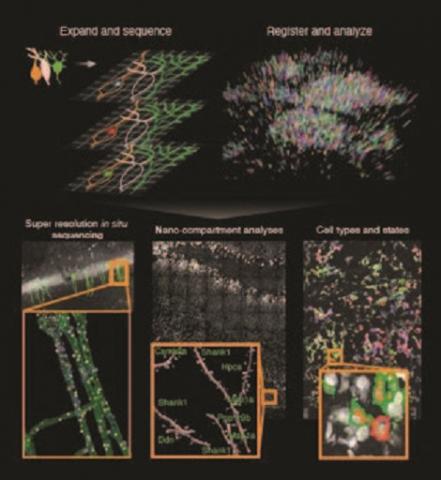
Nano-precision in the location of RNA molecules inside tissues is crucial for many biological processes including learning and
memory. The multiplexed measurement of the nanoscale position of these molecules allows mapping the heterogeneity of
complex tissues, and therefore can lead to a better understanding of many diseases including cancer. -

Prof. Eli Barkai
972-3-531-7020
Theoretical Physics
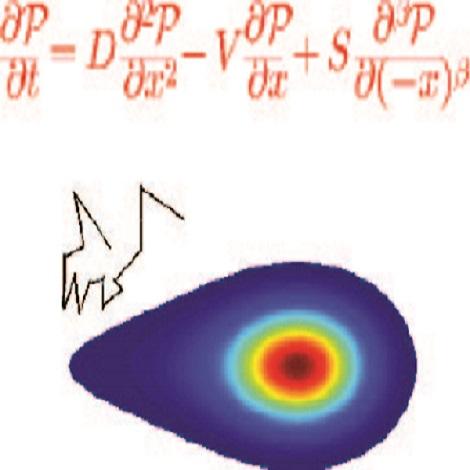
- Dynamics of cold atoms in optical lattices.
- Nano science: Blinking quantum dots.
- Statistical physics: Foundations of weak ergodicity breaking.
- Biophysics: dynamics of single molecules in live cells.
- Dynamical systems: Infinite invariant measures and weak chaos.
- Fractional kinetics. Fractals
- Single molecule photon statistics.
-

Prof. Eliahu Cohen
972-3-738-4268
From Quantum Foundations to Optical Quantum Technologies
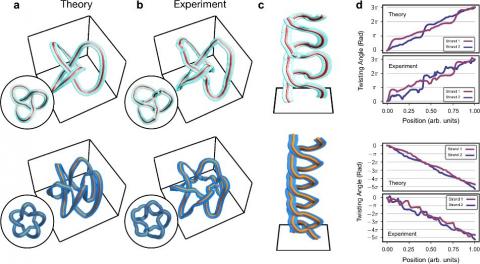
We study various topics related to basic quantum science, as well as quantum technologies. Currently, the main theme is quantum correlations which beg for a better theoretical understanding, as well as novel applications. The primary tool we use throughout our exploration is quantum optics.
-

Prof. Amos Danielli
972-3-738-4653
Optical Imaging and Biosensing Laboratory
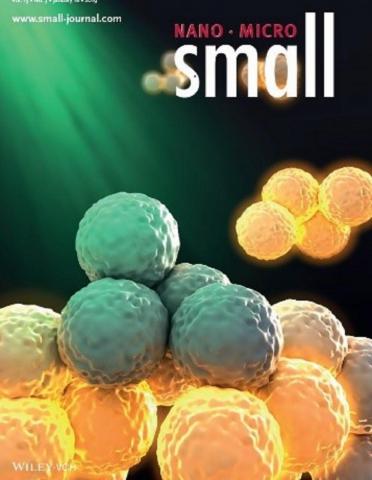
• Rapid and highly sensitive detection of biomarkers, such as proteins and specific DNA sequences
• Detection of protein-protein interactions
• Magnetic manipulation of nanoparticles, design of magnetic poles, magnetic force optimization -

Prof. Moshe Deutsch
972-3-531-8476
Experimental x-ray studies of surface properties of liquid metals
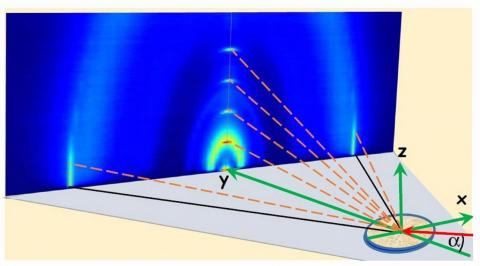
- Experimental x-ray studies of surface properties of liquid metals
- Simple liquids and liquid crystals
- Structure of mono-molecular Langmuir films
- Dynamical x-ray diffraction phenomena in perfect crystals
- High precision crystal binding studies
- X-ray emission and absorption spectroscopy
- Synchrotron radiation and its applications
-

Prof. Dror Fixler
972-3-531-7598
Nano photonics, Fluorescence Imaging and Microscopy Research
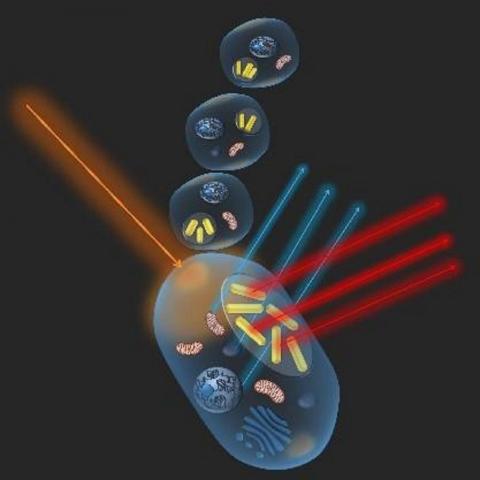
• Fluorescence lifetime and anisotropy decay
• Fluorescence lifetime imaging (FLIM)
• Biological imaging based on fluorescence parameters
• Super resolution
• Light-tissue interaction -

Prof. Moti Fridman
972-3-531-7524
Temporal optics
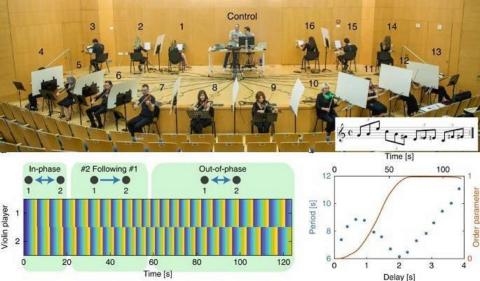
• Temporal optics
Temporal depth imaging
Time-lenses for orthogonal polarized input signals
Temporal super resolution methods
Full Stocks time-lenses
Temporal and spatial evolution of ultrafast rogue waves
• Fiber Devices
Long period fiber gratings
Gold coated tapered fibers
Fiber micro-knots
• Fiber lasers
Carbon nanotubes
Graphen
Topological insulators -

Dr. Tomer Lewi
972-3-738-4631
Nano-optics and Light–matter interactions in metamaterials
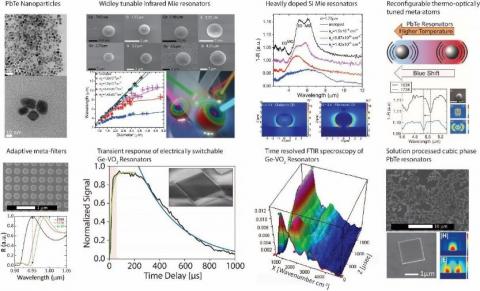
• Light-matter interactions
• Nanophotonics
• Metamaterials
• Plasmonics
• IR nanospectroscopy
• 2D materials -

Optical and Acoustical Neuroimaging Lab
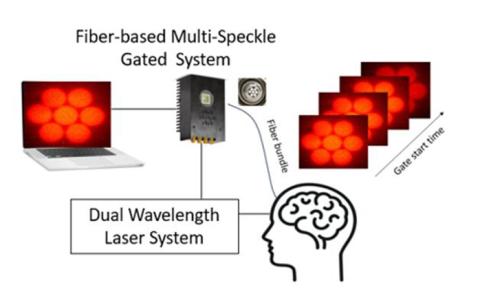
Our neuroengineering research focuses on developing advanced acoustical and optical neuroimaging methods to understand the brain's neural circuitry and fundamental mechanisms. These methods have significant potential in brain-computer interfaces and clinical studies. We combine cutting-edge Electrical Engineering and Neuroimaging techniques, including single photon sensing, superconductive sensing, machine learning, FPGA design, nanoelectronics, biomedical sensing, and neuroimaging.
-

Prof. Avi Pe'er
972-3-531-7482
Broadband Quantum Optics
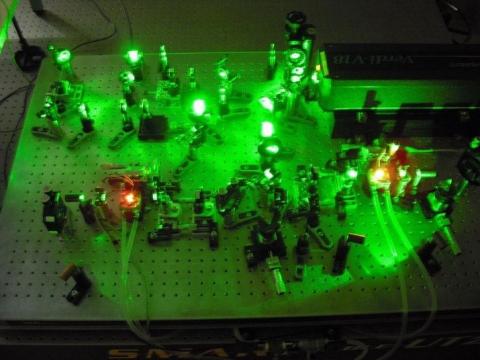
• Optical bandwidth as a resource for quantum information: Novel schemes for quantum measurement and sources of broadband squeezed light
• Sub shot-noise interferometry and coherent Raman spectroscopy (quantum CARS) using broadband squeezed light.
• Visualization and manipulation of fast vibrational dynamics in molecules with optical frequency combs
• The physics of mode-locked lasers: new sources of ultrashort pulses and frequency combs -

Prof. Michael Rosenbluh
972-3-531-8296
Laser spectroscopy
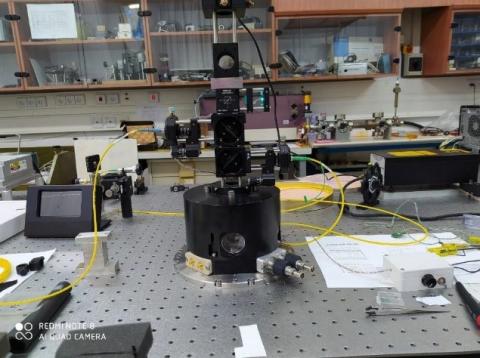
• Propagation of short pulses in homogeneously broadened media
• Bulk and surface light scattering
• Linear and non-linear optical properties
• Heat and mass transfer during interaction of short laser pulses with optical nanocomposite materials -

Prof. Adi Salomon
972-3-738-4235
Light-matter interaction at the nanoscale
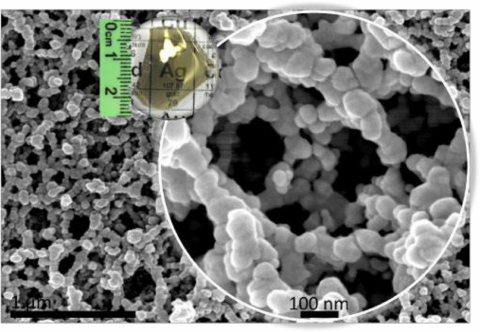
• plasmonics
• molecules-surface plasmons interaction
• molecular dynamics
• strong coupling systems
• Near field spectroscopy
• Second Harmonic Generation (SHG) -

Prof. Patrick Sebbah
972-3-531-4420
Experimental physics in Wave Propagation in Complex Media
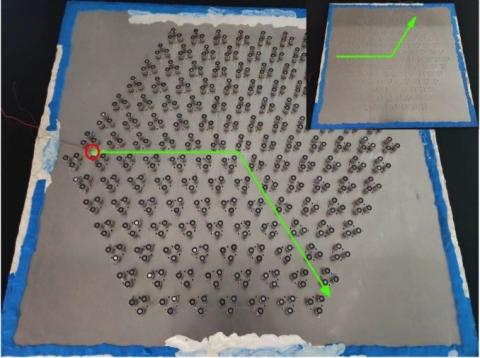
- Light-Matter Interaction
- Elastic waves in structures plates
- Multiple Scattering, Anderson Localization
- Nonlinear and Active Random Media, Random Lasers
- Nonlinear Scattering, Instabilities
- Speckle Statistics, Optical Singularities
- Metamaterials
- Microwave scattering and localization in disordered system.
-

Prof. Amos Sharoni
972-3-738-4516
Phase transitions on the nano-scale
- Spintronics
- New Temperature Coefficient of Resistance (TCR) materials
- Organic/SC hybrid
-

Prof. Sharon Shwartz
972-3-738-4377
Nonlinear X-ray Optics
• Demonstration of an X-ray Autocorrelator
• Imaging of chemical bonds in solids, quantum imaging with x-rays
• Second Harmonic Generation at X-ray wavelength, X-ray Parametric down Conversion
• Generation of X-ray Bi-photons -

Prof. Yaakov Tischler
972-3-738-4514
Device Spectroscopy Laboratory
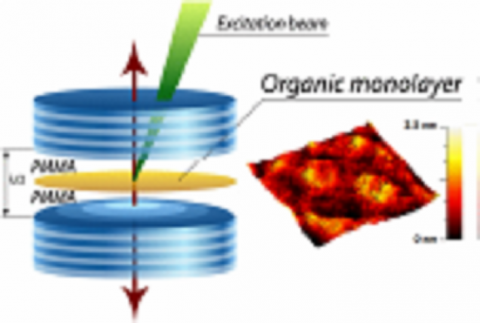
• Coherent coupling in light-matter coupled systems: Organic Lasers, J-aggregates, and Polaritons.
• Ultra-high resolution scanning microcopy and spectroscopy.
• Applications of ultra-fast non-linear spectroscopy for energy sustainability.
• Novel approaches to organic crystal growth and OLED deposition. -

Prof. Zeev Zalevsky
972-3-531-7055
Nano Photonics and Plasmonics
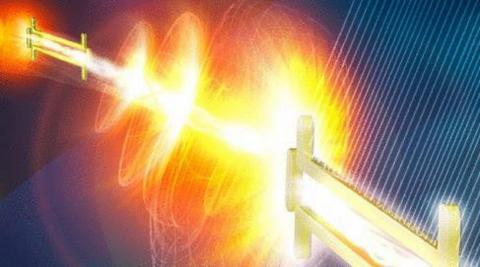
• Super resolution
• Nano-photonics
• In-fiber devices
• Fiber optics
• Optical data processing
• Diffractive optical elements and beam shaping
• 3-D estimation
• RF-photonics




